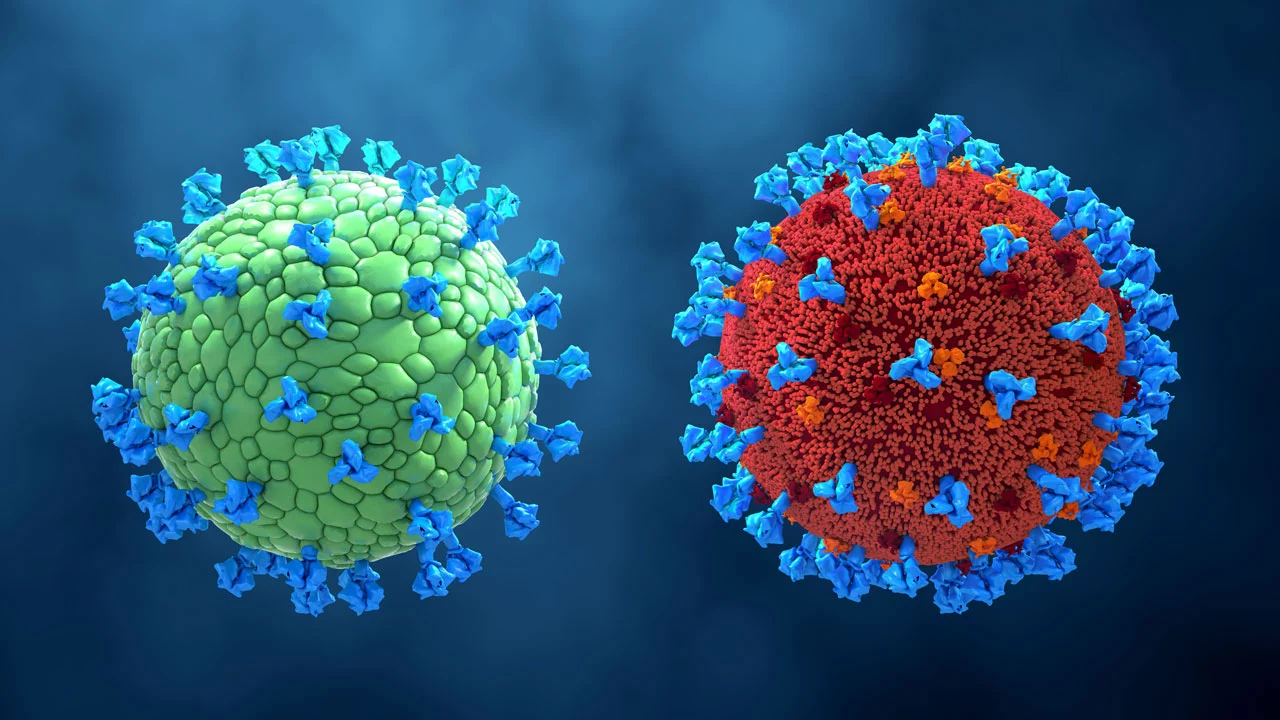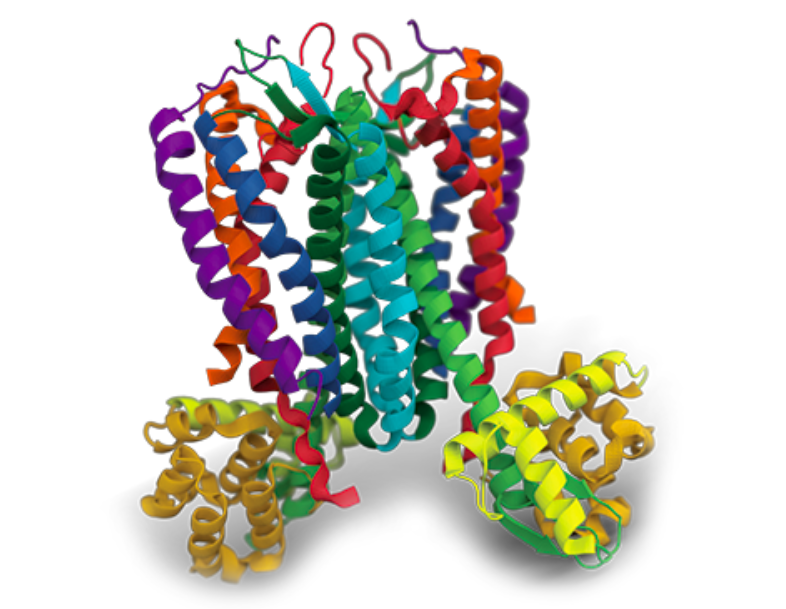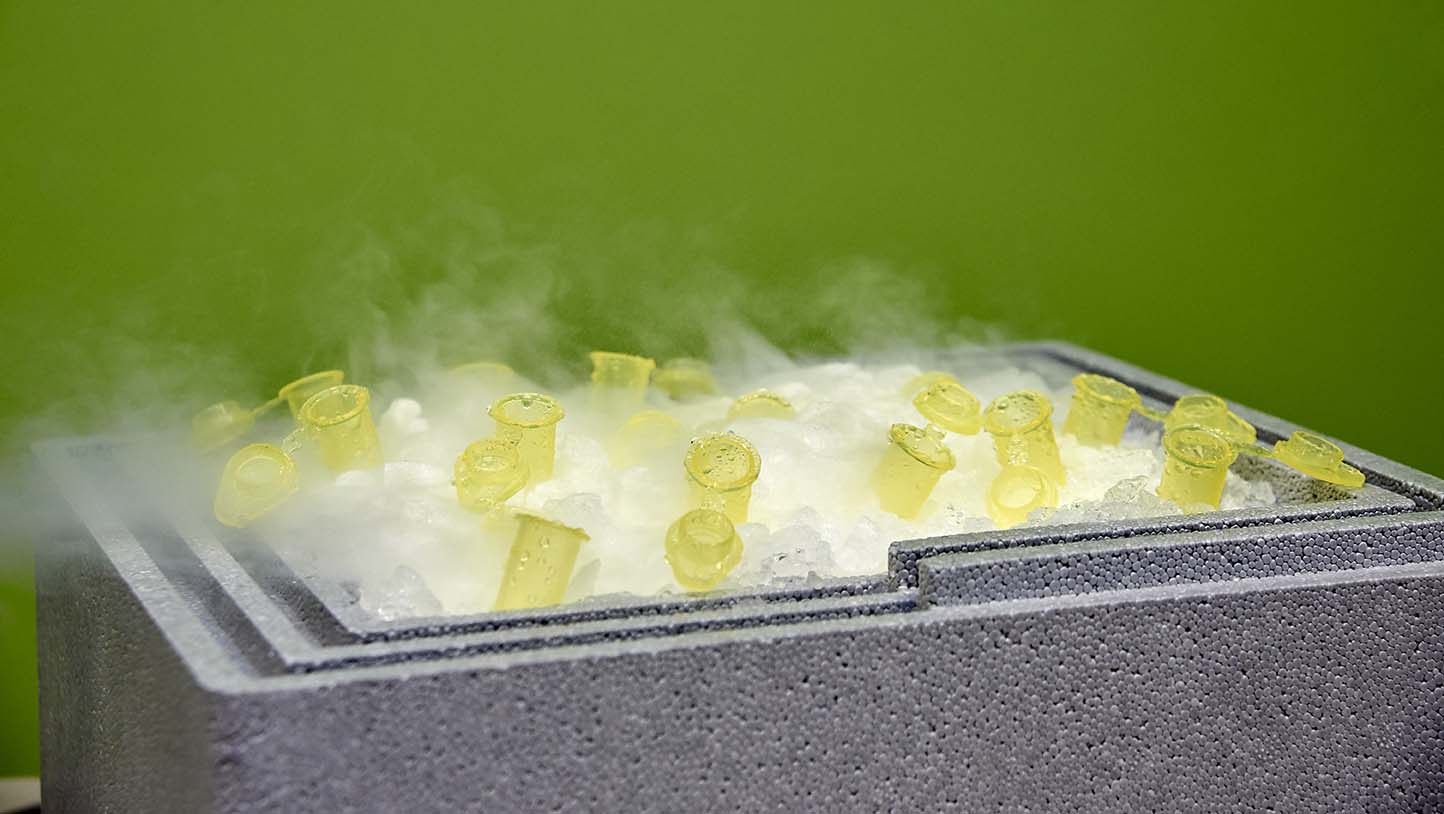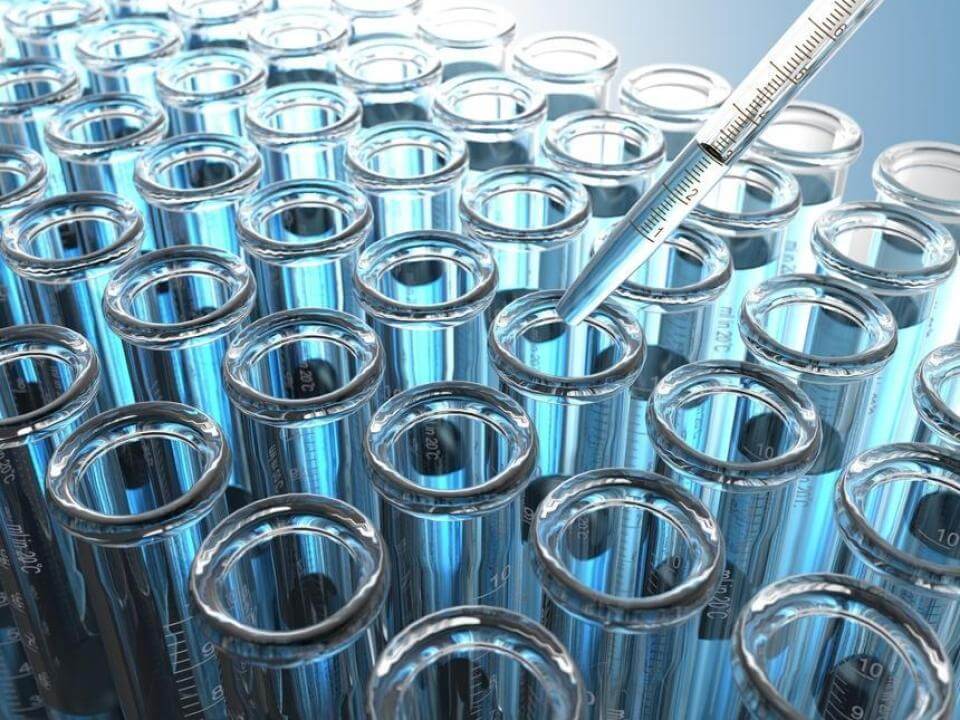Virus-like particles (VLPs) are nanostructures consisting of assembled virus proteins that lack viral genetic material and, therefore, are non-infectious. Their interest relies in the possibility of using them to carry and deliver drugs, vaccines or imaging substances.
Cell-free systems to produce Virus-Like Particles !
Topics: Cell-free technology, Proteins, Virus-Like-Particles
Mythbusting#1: Cell-free systems are only relevant for membrane proteins
Cell-free protein synthesis (CFPS) methodology offers the possibility to produce proteins that would be difficult or even impossible to synthesize in cell-based systems. These so-called “difficult-to-express proteins” include membrane proteins, but also cytotoxic proteins (toxic cancer therapeutics, antimicrobial peptides/proteins and toxins), vaccines, antibodies and proteins containing non-standard amino acids [1]. Cell-free systems are, also, advantageous for the synthesis of proteins with biased coding sequences or with defined post-translational modifications, for the ones that require chaperones or specific chemical environments and even for the synthesis of virus-like particles and bacteriophages.
Topics: Cell-free technology, Proteins
Can we use cell-free biotechnology to fight COVID-19 ?
With the COVID-19 pandemic still spreading across the globe, the fight is on to rapidly develop efficient solutions for diagnosis and treatment. In the past, cell-free protein expression has been used to produce antibodies against other strains of coronavirus. As such, could cell-free systems pose a viable option towards finding a solution against SARS-CoV-2 ?
Topics: Cell-free technology
Five reasons to label your proteins for NMR studies using cell-free systems.
Isotope labelling has been used for over 40 years to facilitate the study of protein structure using nuclear magnetic resonance (NMR) spectroscopy. During that time, traditional expression systems such as in vivo protein synthesis were the preferred options for fabricating the labelled proteins. However, nearly a decade ago, it was discovered that cell-free protein expression offers an abundance of beneficial properties making it more adapted to the addition of isotopes than first thought. Here, we give you our top five reasons to use a cell-free system to label your proteins for your NMR study…
Topics: Cell-free technology, Proteins
Which extract is best for cell-free protein expression: wheat germ or E. coli?
Cell-free protein expression offers a rapid, reliable technique for synthesis of proteins. Successfully synthesizing large quantities of high-quality product requires finding the optimal protein expression conditions, such as the type of cellular extract used. Lysate choice for the cell- free reaction can affect expression feasibility, yield and cost. Which extract gives the best results? Here, we compare two of the most common: E. coli and wheat germ.
Topics: Cell-free technology, Biotech
Mythbusting #10 : “Cell-free systems are only relevant for protein synthesis"
Cell-free systems are mainly used for in-vitro protein synthesis and can be considered as a powerful tool in genetic code reprogramming, involving the amber codon. In this use, the non-proteinogenic amino-acids are incorporated into proteins by charging them to suppressor-tRNAs molecules that reprogram the existing codons. However, cell-free systems are also used to engineer genetic circuits with applications for in-vitro biology or metabolic engineering.
Topics: Cell-free technology, Proteins, Biotech
Mythbusting #9 : “Cell-free systems do not produce functional protein complexes"
The open nature of cell-free systems allows the production of protein complexes much more easily than with in vivo systems.
Topics: Cell-free technology
Mythbusting #8 : “Cell-free systems are complex; hence the increased uptake in recent years of cell-free kits.”
The wide availability and convenience of cell-free kits has led to their increased use over the last few years.
Topics: Cell-free technology
Mythbusting #7 : “Cell-free systems only work with plasmids”
Topics: Cell-free technology
Cell-free protein synthesis systems: the best chance for your project to succeed !
Topics: Cell-free technology












